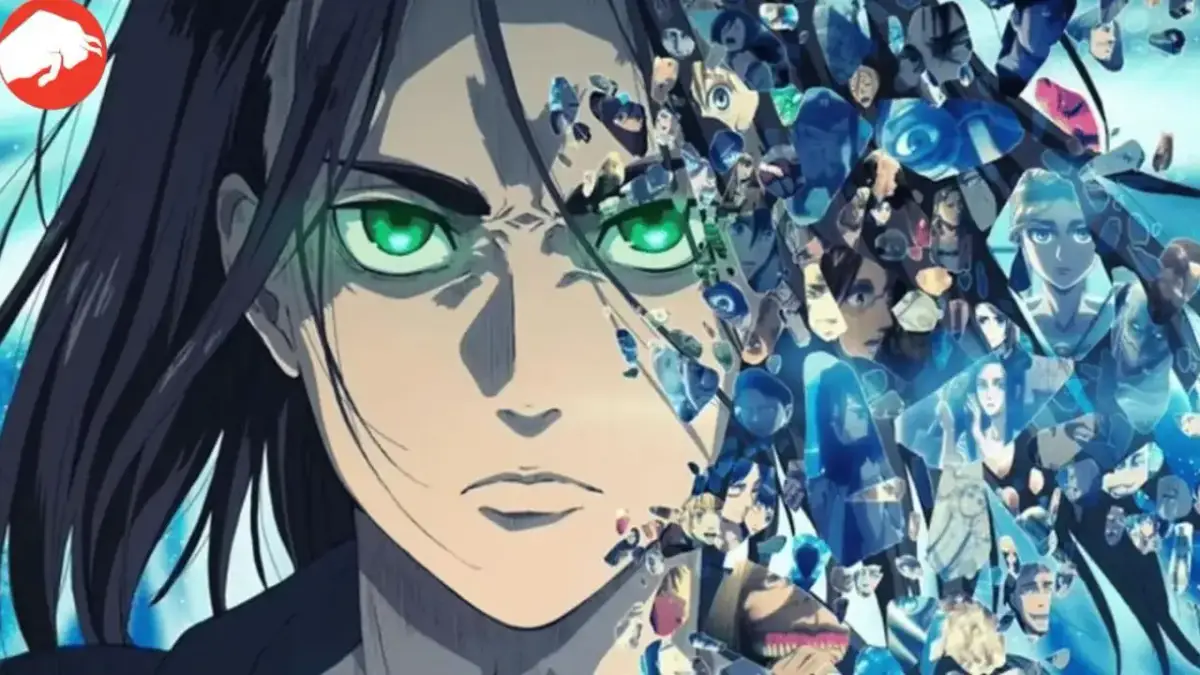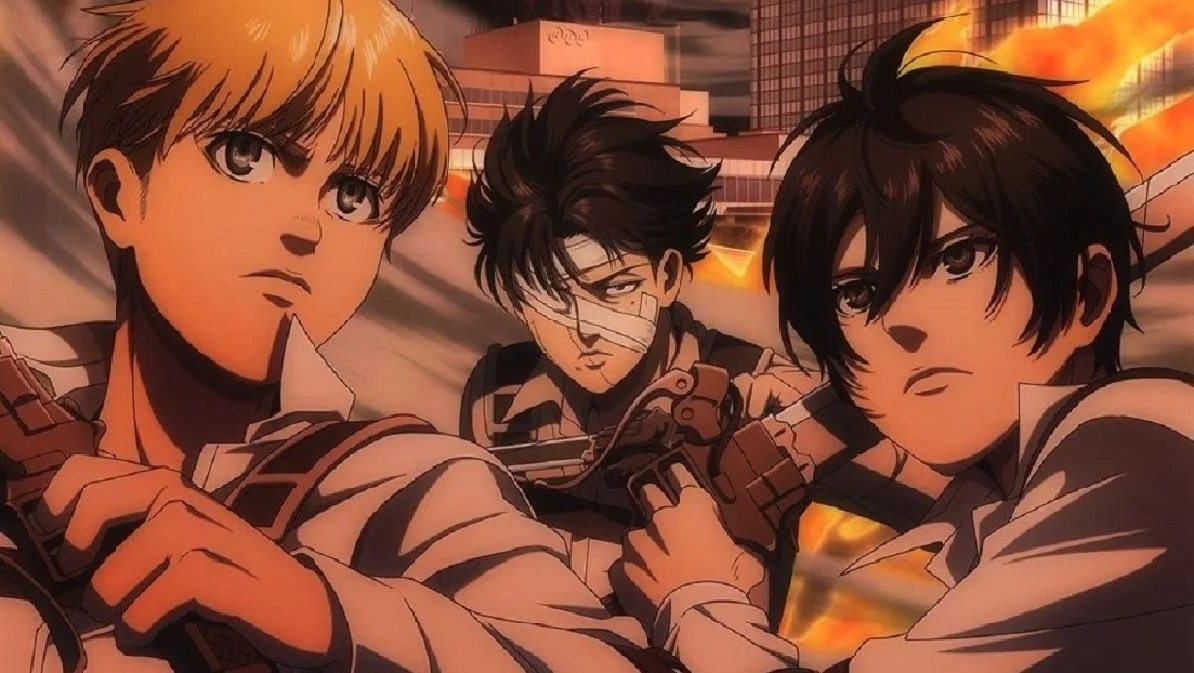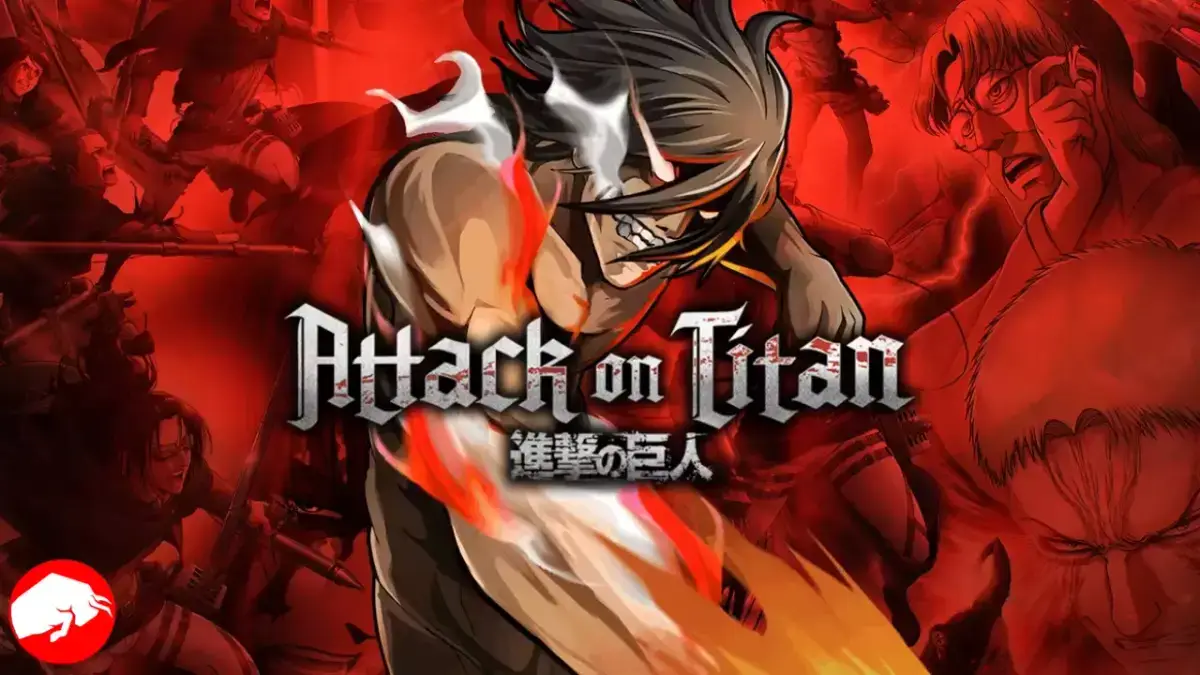With the undeniable appeal and worldwide fanbase of Hajime Isayama’s ‘Attack on Titan,’ many fans are left debating whether this cultural phenomenon slots comfortably into the “shonen” or “seinen” category of anime and manga. The answer isn’t as black and white as you might think. Let’s dive into this fascinating gray area that has the fandom split down the middle.
A Tale of Two Genres: Understanding Shonen and Seinen
Before we get into the nitty-gritty of this ‘Attack on Titan’ genre paradox, let’s take a crash course on shonen and seinen genres.
The Roots of Shonen
Shonen, which translates literally as “boy” or “youth,” primarily targets young adolescent males aged 12-18.
Once upon a time, this genre primarily featured action-adventure sagas or science-fiction tales about robotics and space expeditions. Thanks to trailblazers like Osamu Tezuka, creator of Astro Boy, shonen became a worldwide hit. But with the ’90s, a wave of more mature content began to seep in, making the genre increasingly complicated and harder to pin down.

Seinen: Not Just a Grown-up Shonen
Seinen, on the other hand, targets a mature audience, specifically men aged 18-45.
The term also means “youth,” but don’t let that fool you; seinen stories often delve into complex, adult themes. From titles closely resembling shonen works, like ‘Claymore’ and ‘Tokyo Ghoul,’ to those taking on complex subject matter like ‘Monster,’ seinen is a genre that commands a diverse following.
Blurring the Lines
In recent years, these two genres have been increasingly mingling. There’s a growing collection of works that straddle the line, making it difficult to categorize them as strictly one or the other.
Deciphering the ‘Attack on Titan’ Enigma
So where does ‘Attack on Titan‘ fit into all this? It’s like asking whether a zebra is black with white stripes or white with black stripes. There are arguments for both sides, but one tends to dominate.
The Shonen Elements
Officially, ‘Attack on Titan‘ is a shonen series, both in its manga and anime forms.
And it’s not hard to see why. The series features younger protagonists and an overarching narrative style more aligned with traditional shonen storytelling.

Teetering on the Edge of Seinen
However, ‘Attack on Titan’ refuses to be boxed in. Its mature themes, political undercurrents, and intricate plot twists are elements you’d more commonly find in seinen works. Think complex politics, questions of existence, and the dark corners of human nature. These are not your average shonen dinner topics.
【BREAKING NEWS】
Attack on Titan The Final Season Part 3 (Part 2) scheduled for November 4th release. pic.twitter.com/UTCKDzxBLK
— Attack on Titan Wiki (@AoTWiki) September 11, 2023
The Final Verdict: A Shonen in Seinen’s Clothing?
While some fans may make compelling arguments that ‘Attack on Titan’ should be categorized as seinen, the series is officially and predominantly a shonen work. It bends the rules, it defies categorization, but at its core, it’s more aligned with the youthful spirit and the traditional narrative arc of shonen.
That said, ‘Attack on Titan’ remains an intricate tapestry of storytelling that appeals to both younger and older audiences, seamlessly blending elements from both genres. It’s a splendid example of how modern animanga challenges traditional classifications.
So, to answer the initial question: Is ‘Attack on Titan’ a shonen or a seinen anime? It’s essentially a shonen series, but one that’s not afraid to dip its toes—and sometimes dive headfirst—into the deeper, darker waters of seinen. And perhaps, it’s this duality that makes it a modern masterpiece.










